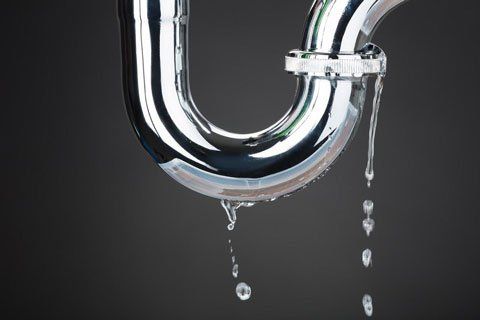Exposing Covert Water Line Leaks: 6 Effective Detection Methods
Exposing Covert Water Line Leaks: 6 Effective Detection Methods
Blog Article
We have stumbled on this great article about Locating water leaks down the page on the internet and decided it made sense to discuss it with you on my blog.

Early discovery of dripping water lines can mitigate a possible disaster. Apart from saving you cash, it will minimize the aggravation and also disappointment. The moment you discover a leak, calling your plumber for repairs is the best option. Some small water leaks might not be noticeable. If you can not find it with your nude eyes, here are some hacks that help.
1. Examine the Water Meter
Checking it is a surefire method that helps you uncover leaks. If it relocates, that shows a fast-moving leak. This means you might have a sluggish leak that might even be underground.
2. Check Water Usage
Examine your water expenses as well as track your water intake. As the one paying it, you must observe if there are any inconsistencies. If you identify sudden changes, in spite of your intake being the same, it indicates that you have leakages in your plumbing system. Bear in mind, your water costs ought to fall under the very same range monthly. A sudden spike in your costs suggests a fast-moving leakage.
A stable rise every month, even with the very same practices, reveals you have a sluggish leakage that's also gradually escalating. Call a plumber to extensively inspect your home, specifically if you feel a cozy area on your floor with piping below.
3. Do a Food Coloring Test
30% comes from commodes when it comes to water usage. Test to see if they are running properly. Decrease flecks of food color in the container and wait 10 mins. If the shade somehow infiltrates your dish throughout that time without flushing, there's a leakage in between the storage tank and dish.
4. Asses Exterior Lines
Do not neglect to check your outside water lines also. Needs to water permeate out of the link, you have a loosened rubber gasket. One little leakage can lose bunches of water and also increase your water bill.
5. Inspect and Evaluate the Scenario
House owners should make it a routine to inspect under the sink counters and also even inside closets for any kind of bad odor or mold and mildew development. These two warnings suggest a leakage so punctual attention is needed. Doing regular evaluations, also bi-annually, can save you from a significant issue.
Examine for discolorations and also weakening as most appliances and pipelines have a life expectations. If you presume leaking water lines in your plumbing system, do not wait for it to escalate.
Early discovery of leaking water lines can reduce a potential disaster. Some little water leaks may not be noticeable. Inspecting it is a proven method that assists you find leakages. One tiny leak can throw away bunches of water as well as spike your water expense.
If you believe dripping water lines in your plumbing system, don't wait for it to escalate.
WARNING SIGNS OF WATER LEAKAGE BEHIND THE WALL
PERSISTENT MUSTY ODORS
As water slowly drips from a leaky pipe inside the wall, flooring and sheetrock stay damp and develop an odor similar to wet cardboard. It generates a musty smell that can help you find hidden leaks.
MOLD IN UNUSUAL AREAS
Mold usually grows in wet areas like kitchens, baths and laundry rooms. If you spot the stuff on walls or baseboards in other rooms of the house, it’s a good indicator of undetected water leaks.
STAINS THAT GROW
When mold thrives around a leaky pipe, it sometimes takes hold on the inside surface of the affected wall. A growing stain on otherwise clean sheetrock is often your sign of a hidden plumbing problem.
PEELING OR BUBBLING WALLPAPER / PAINT
This clue is easy to miss in rooms that don’t get much use. When you see wallpaper separating along seams or paint bubbling or flaking off the wall, blame sheetrock that stays wet because of an undetected leak.
BUCKLED CEILINGS AND STAINED FLOORS
If ceilings or floors in bathrooms, kitchens or laundry areas develop structural problems, don’t rule out constant damp inside the walls. Wet sheetrock can affect adjacent framing, flooring and ceilings.
https://www.servicemasterbyzaba.com/blog/how-to-detect-water-leakage-in-walls/

Do you really like reading up on Finding hidden leaks? Try to leave a review down the page. We'd be delighted to know your thinking about this content. In hopes that you visit us again in the future. For those who liked our blog entry please make sure you remember to share it. Thank you so much for going through it.
Detail Report this page